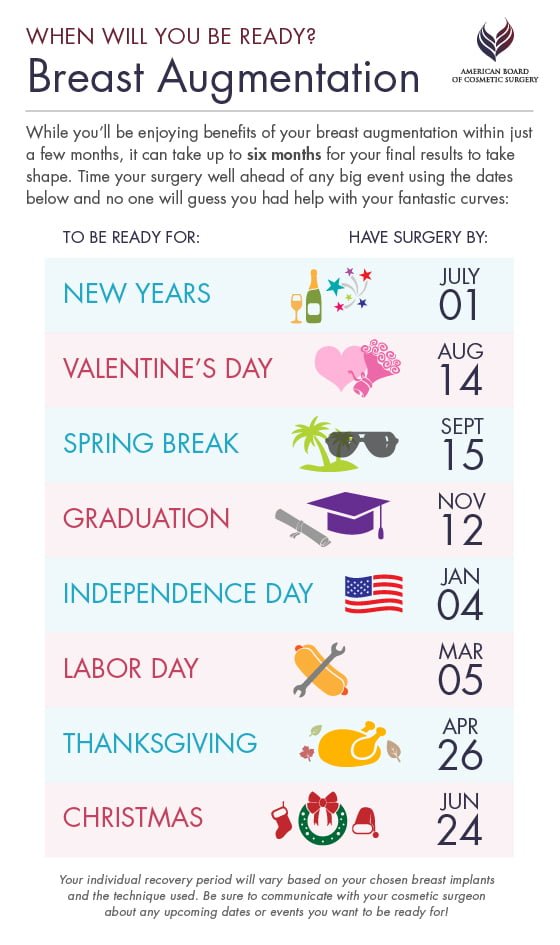Baking Soda For Acne Is It Safe
Baking Soda For Acne Is It Safe
Blog Article
Root causes of Acne on Cheeks
Acne outbreaks in the cheek location are set off by several things, from touching your face regularly to not altering your pillowcase usually sufficient. Picking at blemishes raises your danger of infection and scarring, and certain medicines can aggravate dark spots (postinflammatory hyperpigmentation).
Fortunately, there are many ways to prevent and treat cheek acne. These include:
1. Hormonal Changes
Acne is largely caused by hormones, especially those produced throughout the age of puberty and maternity. For some, a family history of acne might additionally add to their problem. Anything that blocks pores, such as oil-based skin care products or waxy hair products, can set off acne. Various topical treatments, like benzoyl peroxide and salicylic acid, can deal with bacteria and unclog pores. Those with extreme or persistent acne must seek treatment from their doctor.
Avoid touching or squeezing your acne, as this can press several of the germs deeper into the skin, bring about a much more severe breakout. It is likewise crucial to alter pillowcases frequently and make use of tidy makeup brushes. You ought to also try to prevent irritants such as friction from putting on a headgear or limited collar.
2. Diet regimen
The oily, sugary foods that many people assume trigger acne might really refrain from doing so. In fact, researches have actually revealed that consuming a diet regimen abundant in whole, nutrient-dense foods helps to stop outbreaks.
Foods high in the glycemic index (such as white bread, corn flakes, puffed rice and potatoes, doughnuts and other breads) elevate blood glucose levels quickly, and this can increase hormonal agents that improve oil production and lead to acne.
Consuming alcohol cow's milk has actually likewise been linked to enhanced acne outbreaks. If you are a normal cow's milk enthusiast, you may want to attempt changing to low-fat or nondairy alternatives that are fortified with calcium. On top of that, consuming alcohol more water can help medical facilities near me to lower acne since it helps to maintain the skin hydrated.
3. Excess Oil
While oil is necessary for healthy skin, it can become a trouble when excessive sebum mixes with dead skin cells and obstructs pores. This mix can produce blackheads, whiteheads and pimples. The blocked pore wall can break down and spill microorganisms, dead skin cells and sebum into surrounding skin. This causes a red bump referred to as a pimple. Occasionally these red bumps have pus in the facility from a bacterial infection. Bigger infected bumps that look like acne are called cysts.
There are lots of things that can create excess sebum and stopped up pores, including hormone variations, diet and day-to-day routines. Some examples consist of touching the face often, resting your hand on your cheek, making use of dirty makeup brushes and not altering pillowcases consistently.
4. Tension
If you're dealing with throbbing acnes or a variety of blackheads and whiteheads, it may be time to talk to a skin doctor. They can recommend a reliable treatment that matches your skin type. Practicing leisure and stress-reduction techniques likewise assists.
Acne can take place in the cheeks due to rubbing and stress, such as when an individual touches their face often or puts on a hat or sports helmet that massages against the skin. It can additionally appear where oily cosmetics and lotions massage against the skin.
Stay clear of pressing acne, as this can push infected product deeper into the skin and bring about scarring. Instead, see a medical professional to find out about preventative therapies like medication, skin treatment products and way of life changes. Eating a healthy diet plan of whole foods, obtaining 7 to nine hours of rest and using noncomedogenic make-up and skincare products can all help reduce acne outbreaks.
5. Hair Products
Hair products are not normally thought of as a root cause of outbreaks, but they can add to acne on the cheeks in some people. Pomade acne, which is defined by tiny closed comedones and papulopustules, is generally caused by using oily hair items that contain comedogenic components such as particular oils and acetylated lanolin.
Choosing hair products that do not contain these possibly comedogenic ingredients is an essential action towards reducing outbreaks. Additionally, ensuring that hair items aren't can be found in contact with the skin can help avoid outbreaks. For example, using a headscarf or bonnet at night can restrict hair-to-face call and reduce the possibility that leave-in hair items will certainly rub off onto the face.
Along with making use of a non-comedogenic cream and washing with an acne face laundry, various other helpful techniques consist of: